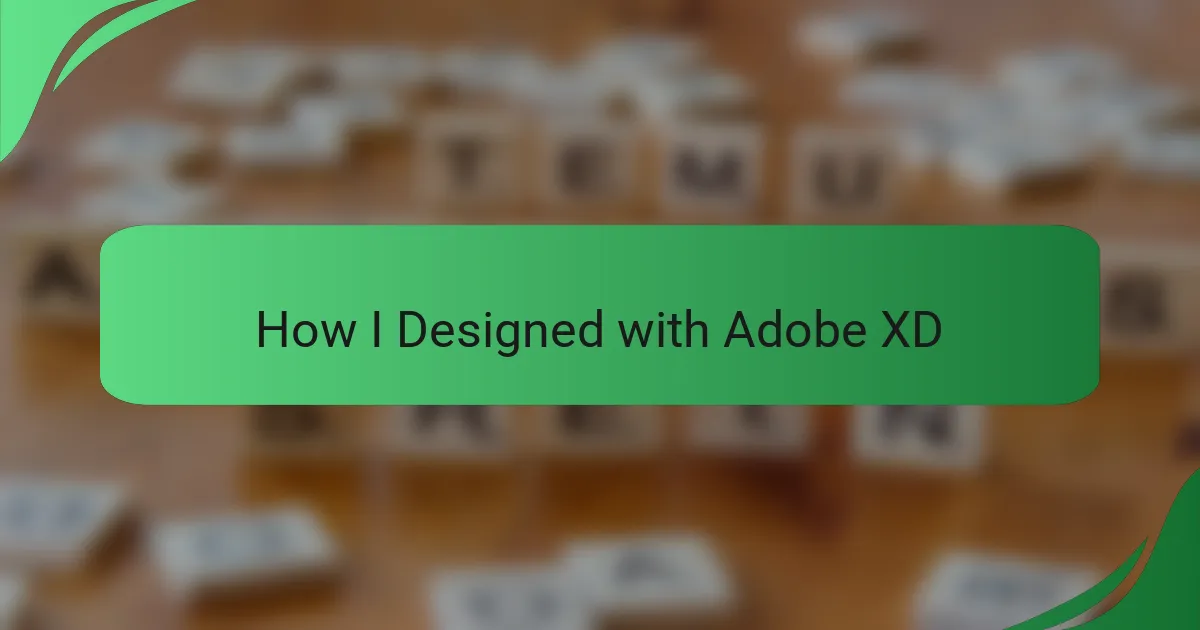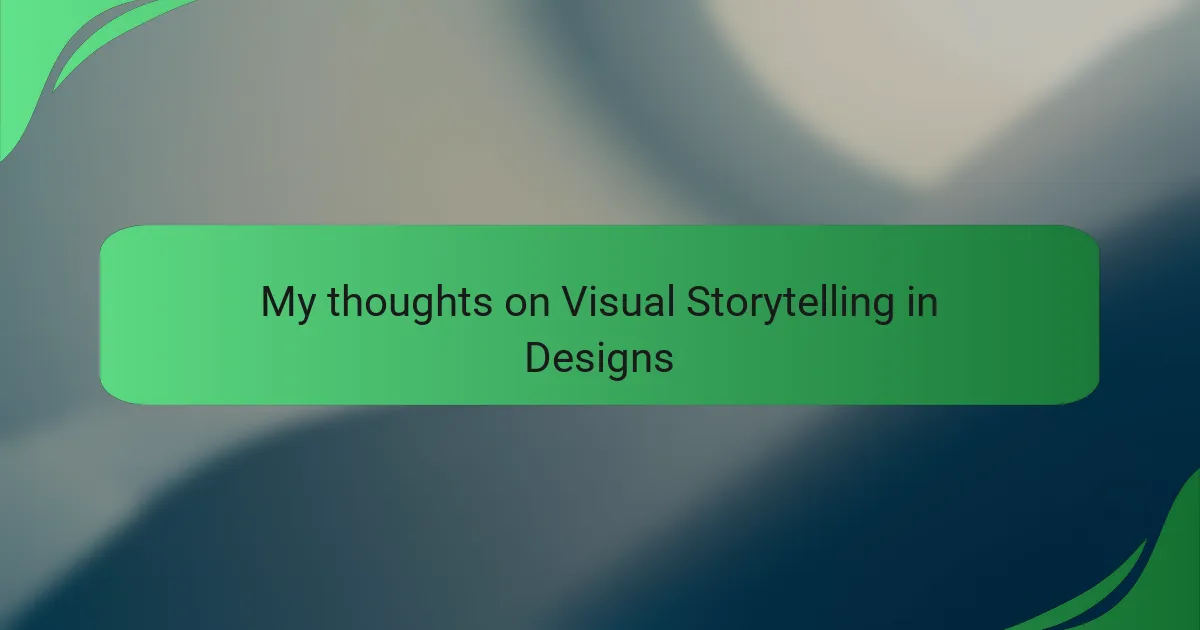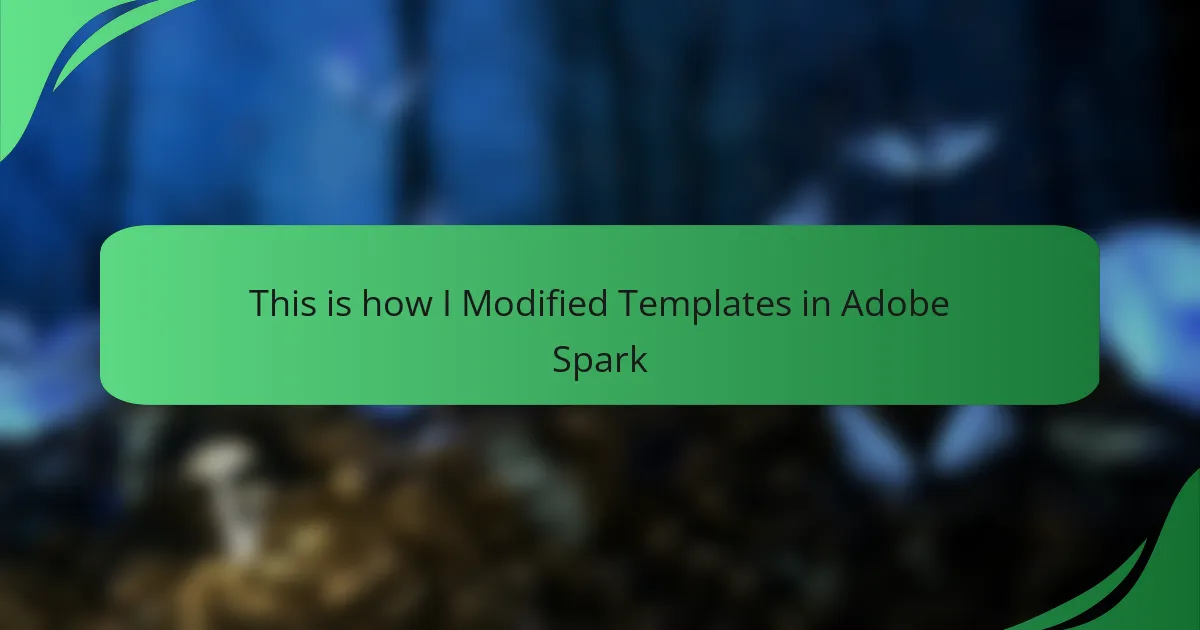Key takeaways Effective interface interaction design combines aesthetics and functionality, enhancing user experiences through intuitive navigation and responsive feedback. After Effects provides powerful features like keyframe animation and compositing, crucial for creating engaging motion graphics. Animations in design improve user engagement and feedback, making interactions feel more natural and intuitive. Mastering animation techniques, such as […]
Key takeaways Grid systems enhance design by providing structure, clarity, and user-friendly layouts across devices. Different grid types (fixed, fluid, responsive, column, modular, hierarchical) serve specific design needs and enhance creativity. Using grids simplifies decision-making and improves collaboration among designers and developers. Challenges include balancing creativity with structure and ensuring grids adapt to various screen […]
Key takeaways Effective interface design balances aesthetics and functionality, emphasizing principles like consistency, hierarchy, and alignment to enhance user experience. UI kits in Figma streamline the design process, promote consistency, and facilitate collaboration among team members. Customization of UI kits allows for tailored designs that align with brand identity, reinforcing user connection and experience. Familiarity […]
Key takeaways Effective interface interaction design requires empathy and understanding user perspectives to create seamless experiences. Utilizing design tools like Adobe XD enhances creativity and facilitates collaboration among team members. Key steps in starting a project include defining purpose, creating a sitemap, and gathering design inspiration. Best practices emphasize user empathy, consistency in design, and […]
Key takeaways Visual storytelling enhances engagement by simplifying complex ideas and evoking emotions through images and graphics. Key elements include clarity, emotional resonance, and narrative flow to create impactful interactions and memorable experiences. Challenges include audience interpretation, balancing aesthetics with functionality, and ensuring consistency across platforms for effective communication. Techniques like visual hierarchy, strategic use […]
Key takeaways Interface interaction design focuses on creating intuitive user experiences through effective iconography, enhancing user engagement and satisfaction. Clarity, consistency, and scalability are essential principles for effective icon design, ensuring that icons are recognizable and cohesive across interfaces. Utilizing tools like Adobe Illustrator and Noun Project can significantly improve icon creation, as they offer […]
Key takeaways Prioritize user needs and simplicity to enhance interface interaction and create more intuitive designs. User testing reveals critical insights by validating design assumptions and improving overall usability. Tools like UsabilityHub offer valuable features such as Click Testing and Preference Tests, helping designers refine their designs based on real user behavior. Key lessons emphasize […]
Key takeaways User flows visually map the user journey, highlighting key actions, decision points, and potential obstacles, which helps identify and improve user experience. They serve as a communication tool among design teams, fostering collaboration and innovation through shared understanding of user paths. Utilizing platforms like Miro enhances the creation of user flows by offering […]
Key takeaways Consistency and clarity in interface design enhance user experience, making navigation intuitive and reducing confusion. A well-structured layout enables visual hierarchy, improves accessibility, and reflects brand identity, leading to increased engagement. User-centered design and constant iteration are crucial; feedback helps refine layouts, ensuring they meet user needs effectively. Staying flexible and adapting layouts […]
Key takeaways Interface interaction design plays a crucial role in user experience, emphasizing the importance of intuitive design and emotional connection. Adobe Spark’s user-friendly features, including customizable templates and seamless integration with other Adobe products, enhance the design process for users of all skill levels. Simplicity, visual hierarchy, and maintaining brand consistency are key best […]








